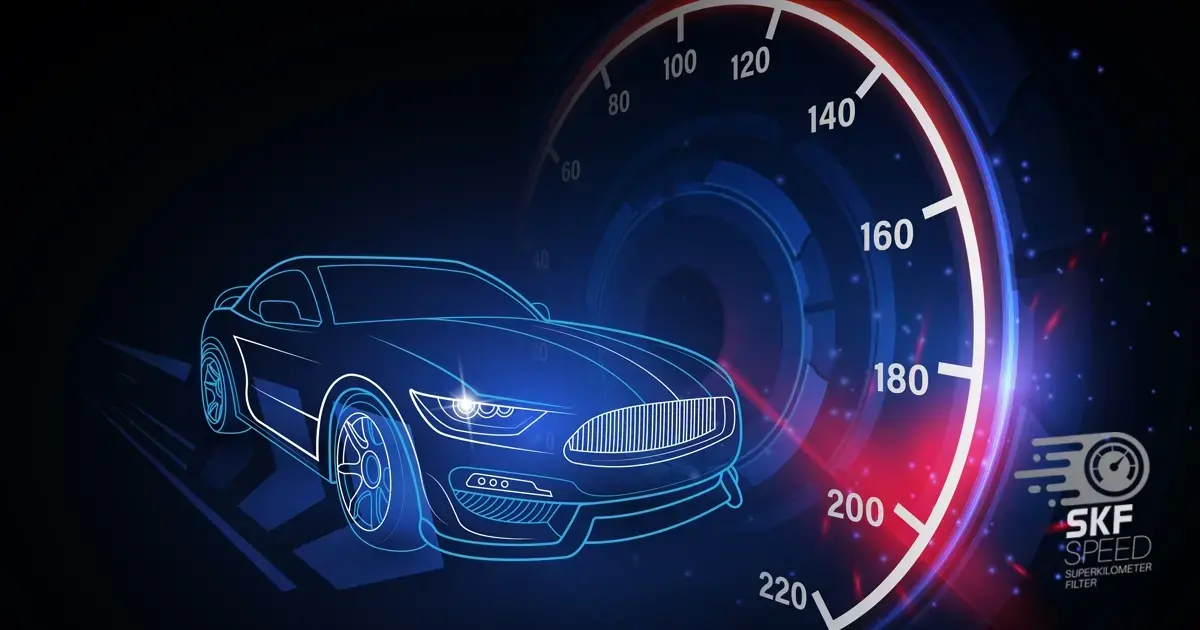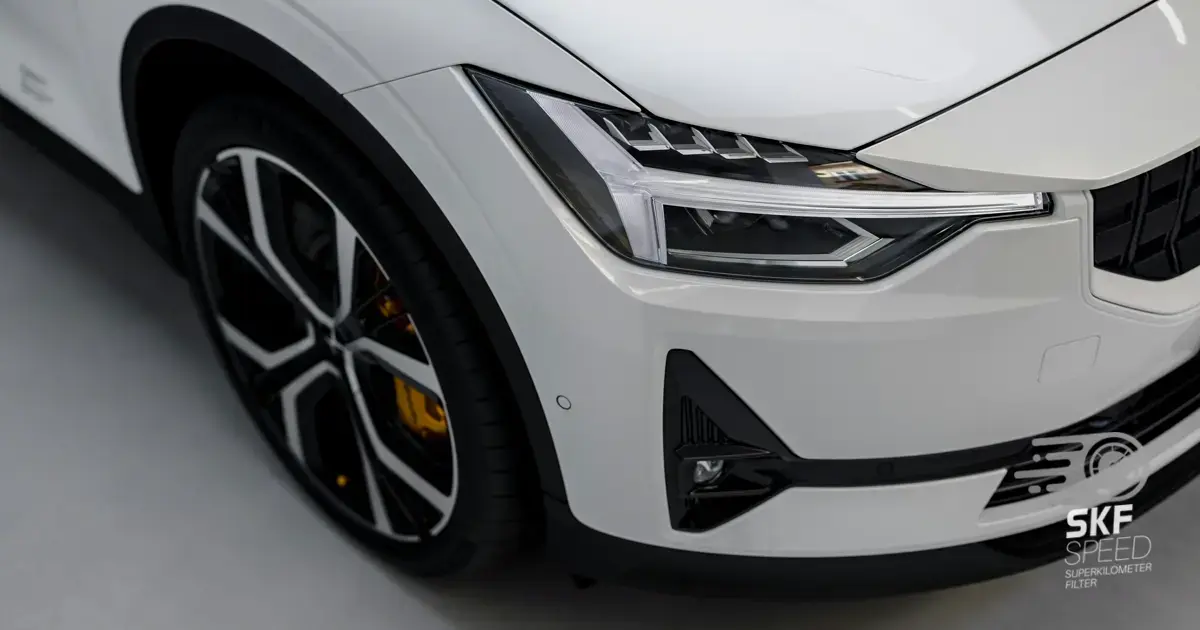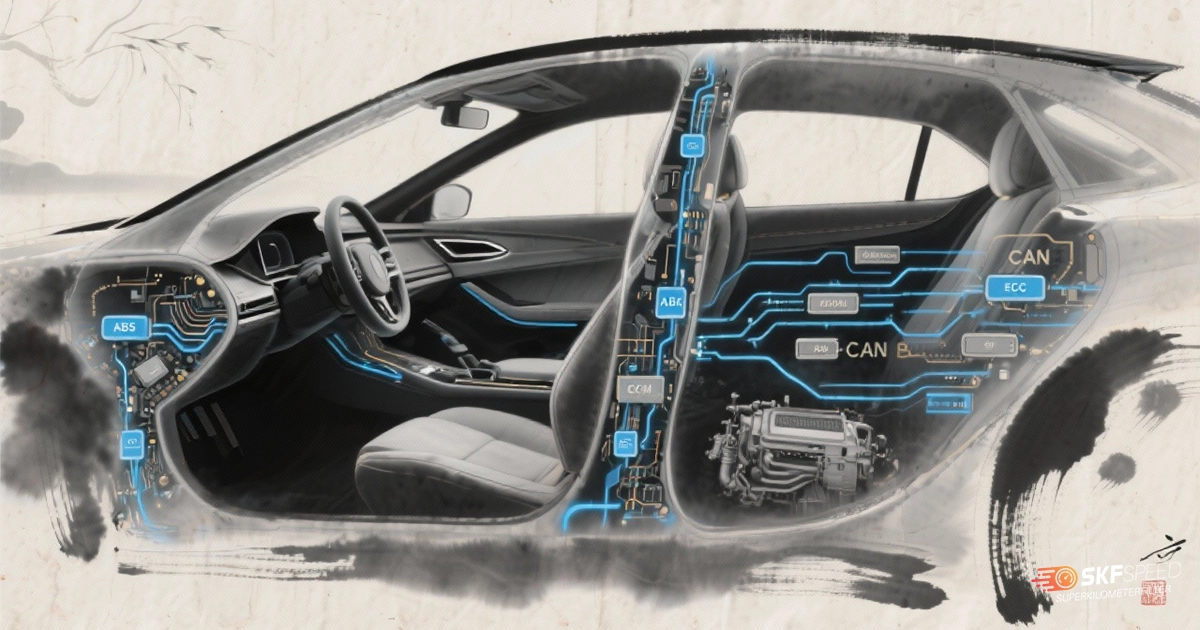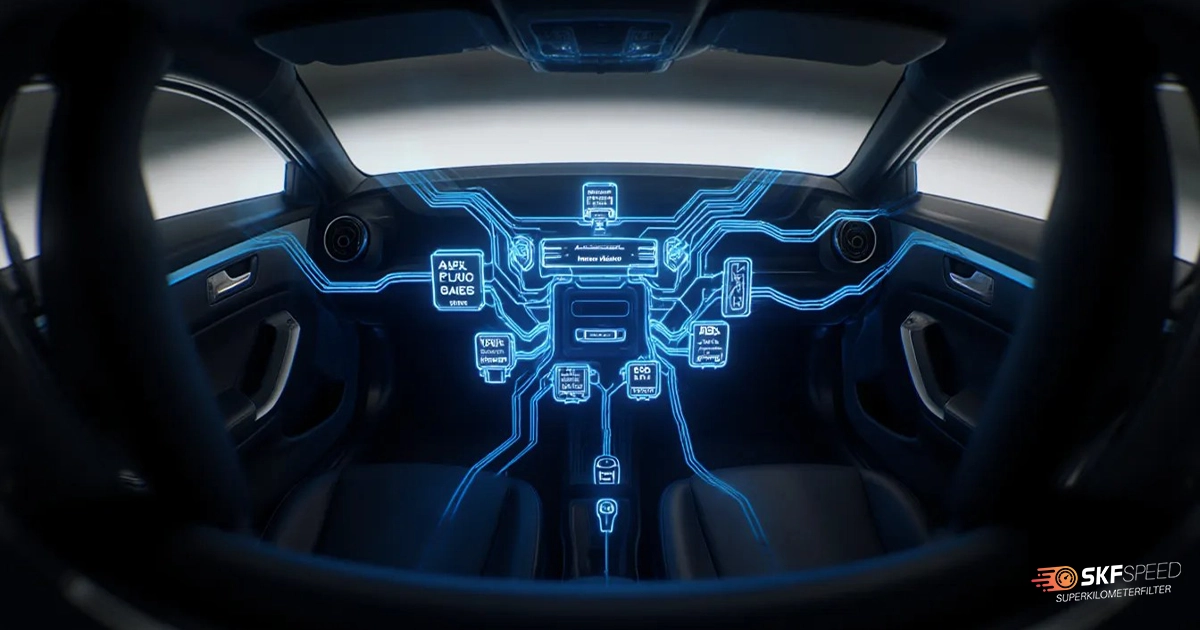
An odometer gauge is a critical part of a car’s dashboard that displays helpful data about the vehicle’s miles to drivers. People may mix an odometer and a speedometer since they are usually located close to each other. However, they serve quite distinct tasks and are both immensely needed. In coordination, they provide valuable data that helps follow maintenance guidelines, assess the car’s valuation, and guarantee safe driving.
This article will tell you more about the odometer, its purposes, and how it differs from the speedometer gauge.
The odometer indicates the total mileage a vehicle has traveled throughout its lifespan. Depending on the country and car model, this data is usually displayed on the control panel in miles or kilometers. Odometers play a key role in vehicle maintenance, calculating an automobile’s resale value and tracking fuel efficiency metrics. They constantly record miles and add new distances to the existing data. As a result, the mileage recorded on the odometer is continually increasing.
In contrast with a vehicle speedometer gauge, the odometer is required for warranty coverage, as many companies calculate the final agreements based on total mileage. Additionally, odometer showing is used in legal documents such as automobile registration and insurance policies. Therefore, car miles are much more than a distance measuring numbers. They reveal crucial information and can be used in various ways.
At first glance, the odometer and speedometer might seem similar, but these two dashboard instruments play very different roles in your driving experience.
The odometer gauge is the lifetime mileage tracker on your car. It meticulously logs every mile driven by your vehicle as soon as it leaves the factory. Think of it as the silent track record that has been written throughout the years.
The speedometer, on the other hand, prioritizes the present moment. It provides real-time feedback on your current speed, allowing you to stay under speed restrictions and drive safely.
Both instruments deal with distance but from different perspectives. The odometer records mileage over time, whereas the speedometer counts the distance traveled per unit of time. For example, your odometer might read 100,000 miles, highlighting years of adventures, while your speedometer might read 70 mph, indicating your current speed on the road.
Understanding both is critical for several reasons. The odometer reading influences your car’s maintenance schedule and resale value, while the speedometer helps you follow traffic regulations and adjust your driving to road conditions. Together, they paint a complete picture of your vehicle’s historical and present performance.

Odometers and trip meters serve different functions and have unique characteristics. Here are the major differences:
Odometer:
Trip Meter:
Many modern automobiles include both an odometer and a trip meter, which are commonly shown on the same digital readout with the option to switch between views. The trip meter is especially useful for measuring fuel economy for specific journeys or tracking distance traveled on road trips. Some advanced systems also allow drivers to set distance alarms on the trip meter, which tell them when they reach a certain mileage.
As for the odometer, it keeps a long-term record of the vehicle’s use. This dual system provides drivers with detailed information on their vehicle’s travel history, ranging from lifetime miles to the length of their daily trip. Understanding the distinction between these two metrics can assist drivers in better managing vehicle maintenance, planning trips, and maintaining accurate records for commercial or personal usage.
The working mechanism of an odometer, often found alongside the speedometer gauge on a car’s dashboard, has significantly developed over time. However, the general idea remains the same: measuring and recording the mileage that cars travel. This tool works in tandem with other instruments to provide a full picture of your vehicle’s performance. Check how different types of odometers function in modern vehicles:
Mechanical odometers work by attaching to a vehicle’s transmission or wheel axle. When the car moves, a cable spins, turning a set of gears within the odometer. The gears are adjusted to convert wheel rotations into distance. Each gear generates a numbered drum, which together represents the total kilometers traveled on the dashboard.
An electronic odometer gauge tracks the total mileage by using sensors to detect wheel rotations and create electrical pulses while driving. The vehicle system analyzes these pulses and turns them into corresponding mileage. This information is then transmitted digitally on the car’s dashboard so you can see the exact mileage on the odometer.
Odometers display the total miles in vehicles, but not everyone knows how to interpret or use this information. Here are some good tips to consider when you next look at your odometer reading.
Remember that mileage is a number that gives you specific information, but it doesn’t tell you everything about the car. Sometimes, cars with higher mileage are in better condition, and some old vehicles may be better maintained. Therefore, you should always check other characteristics and don’t make assumptions based solely on the odometer’s showing.
The odometer reading and speedometer gauge have a crucial role in vehicle maintenance and give you all the essential information about your car’s health and performance. In what ways are odometers important?

When you decide to sell or buy a used vehicle, be ready that the odometer will have a huge influence on its value. Located near the speedometer gauge, the total mileage on the odometer drastically changes a car’s valuation. Unfortunately, the connection between automobile mileage and value increased odometer fraud.
Based on the purpose, people can use different tools to manipulate odometers. However, here are some commonly used practices:
Even though malicious practices have become very common, scanner devices easily detect them. Professional mechanics and testers should reveal any form of odometer interference made by the tools mentioned above.
Thanks to the Mileage Blocker device, testers may now examine cars without logging needless miles. This unique tool was created especially for automotive testing by the Super Kilometer Filter (SKF) team. What does the mileage blocker do? It prevents the system from recording mileage while a vehicle is in motion. It’s important to know that it does NOT delete, reset, or roll back miles from the system.
As the mileage blocker is the only untraceable device on the market, this gadget is frequently used to manipulate what the odometer gauge indicates. This device is only for legal purposes, and people should never utilize it on public highways.
The Mileage Blocker has several parameters that make it simple to customize to your requirements. In addition, the SKF team created a mobile app to manage the device via a smartphone. The mileage blocker comes with installation instructions. Don’t worry—the gadget doesn’t affect the speedometer gauge so that it will work flawlessly.
You can buy the mileage blocker now from the Super Kilometer Filter website. For any additional information, please visit the support section or get in touch with the customer service department.
The odometer gauge measures the vehicle’s overall distance and provides important information for vehicle maintenance. Even though it doesn’t show the complete picture, the odometer helps you follow the manufacturer’s guidance and assess your car’s value.







Here you will find all the details about our company
Here you will find shipping and return related information
Here you will find information on all technical questions
Here you will find helpful information about installation